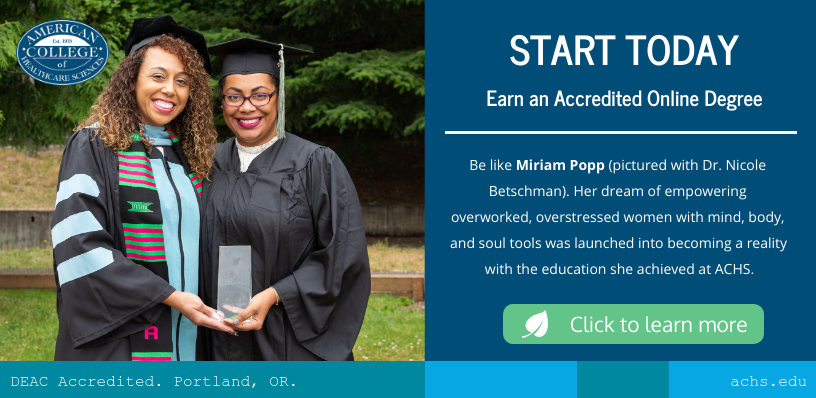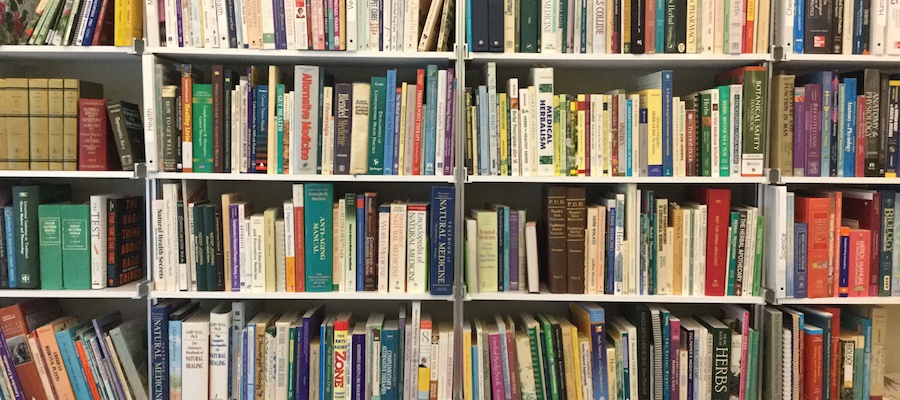On April 21, 2017, a total eclipse of the sun will pass over the contiguous United States. A total solar eclipse is rare and occurs when the moon passes between the earth and the sun, blocking out the sun as it travels along its orbit.
The eclipse path will pass through Oregon, Idaho, Wyoming, Missouri, Illinois, Nebraska, Kansas, Kentucky, Tennessee, North Carolina, South Carolina, and Georgia. A partial eclipse will be visible for at least a thousand miles on either side of the 70-mile wide path of totality. This is the first time an eclipse has crossed the contiguous U.S. since 1918.
While the total eclipse phase will last only 160 seconds, it’s an unforgettable experience. I witnessed a total eclipse on July 20, 1963 in Washington State. The path of totality coursed over Alaska and Northern Canada but was still partially visible in the Pacific North West.
A total eclipse is a rare and exciting astronomical event—and you definitely shouldn’t miss it. But, it’s crucial to be prepared. Without the proper protection, you can do serious damage to your eyes.
Tips for Watching a Solar Eclipse Safely
1. Find proper solar eclipse glasses.
Only look directly at the solar eclipse with proper solar glasses or hand-held solar viewers.
Proper solar viewers should be lab tested and have a rating number of ISO12312-2 printed on them. It is sometimes printed as ISO 12312-2:2015.
As with all major events, there may be quick buck scammers who copy the proper certification and print it on untested products.
You can see a list of tested solar viewing glasses here. But keep in mind, this is not a complete list.
2. If you already have solar glasses, make sure they have the proper code.
ISO12312-2 or ISO 12312-2:2015.
3. Discard any scratched or damaged glasses.
They can be ineffective at protecting your eyes.
4. Don’t look at the eclipse through a camera or telescope.
Even when wearing solar glasses.
5. You can remove your glasses and look at the total eclipse ONLY if you are within the path of totality, and only when the eclipse is total.
The moon completely covers the sun when it goes dark. As soon as the sun appears again, put those glasses back on. If you are not within the path of totality, you must always wear your solar glasses to view the eclipse.
6. Supervise kids.
Always keep an eye on the kiddos who are using solar glasses, and make sure they wear them correctly.
7. Rock out to “Dark Side of the Moon.”
Once you have your proper certified viewing equipment, turn up Pink Floyd’s “Dark Side of the Moon” on your speakers and enjoy this rare celestial event.
Stay safe; keep hydrated; and have fun.
And remember: a total solar eclipse is not a harbinger of the Apocalypse; it’s just the moon passing between the earth and the sun.
Disclosure of Material Connection: I am the Herbal Medicine Department Chair at American College of Healthcare Sciences, the Institution that publishes this blog. However, all opinions are my own. This blog may contain affiliate links. I am disclosing this in accordance with the Federal Trade Commission’s 16 CFR, Part 255: “Guides Concerning the Use of Endorsements and Testimonials in Advertising.”
This article is for informational purposes only. It is not intended to treat, diagnose, cure, or prevent disease. This article has not been reviewed by the FDA. Always consult with your primary care physician or naturopathic doctor before making any significant changes to your health and wellness routine.





